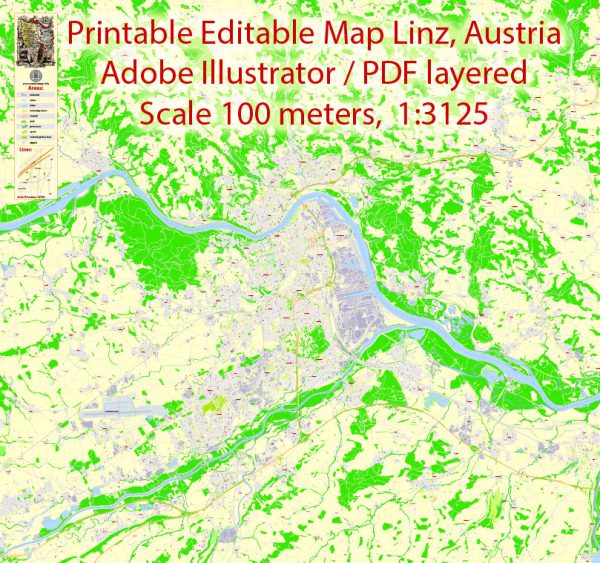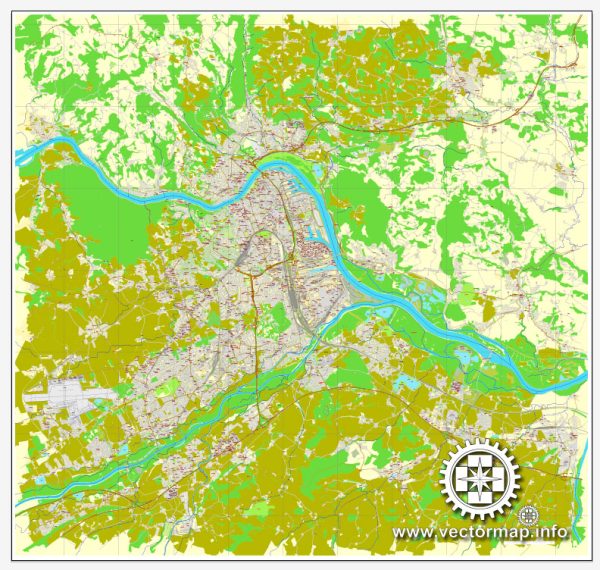Linz, Austria, has a rich history of urban development that spans centuries. The city is located along the Danube River and has played a significant role in the cultural, economic, and political life of the region. Here’s a brief overview of the history of urban development in Linz:
- Roman Period: Linz has ancient origins dating back to Roman times when it was known as Lentia. The Romans established a settlement here due to its strategic location along the Danube River.
- Medieval Period: In the Middle Ages, Linz grew as a trade and commerce center. It became a market town and was granted the rights of a city in 1210 by Duke Leopold VI. Linz’s location at the crossroads of important trade routes contributed to its economic and cultural development.
- Renaissance and Baroque Eras: Linz experienced a period of cultural flourishing during the Renaissance and Baroque periods. The cityscape began to change with the construction of impressive buildings, including churches and palaces. The Linzer Schloss (Linz Castle) and St. Martin’s Church are notable structures from this time.
- 19th Century: The 19th century brought industrialization to Linz, with the expansion of manufacturing and transportation infrastructure. The city became a hub for steel production, thanks to the establishment of the “Hermann-Göring-Werke” (now voestalpine), which significantly influenced Linz’s economy and development.
- 20th Century: Linz faced challenges during World War II, with significant damage to the city. After the war, efforts were made to rebuild and modernize. The steel industry continued to be a driving force in the local economy. In the latter half of the 20th century, urban planning focused on revitalizing the city center, preserving historical buildings, and creating modern amenities.
- Contemporary Period: Linz has continued to evolve in the 21st century as a cultural and technological hub. The city has invested in contemporary architecture, such as the Ars Electronica Center, which reflects Linz’s commitment to innovation and technology.
Throughout its history, Linz has managed to balance its rich historical heritage with modern development. The city’s architecture reflects a harmonious blend of medieval, Baroque, and contemporary styles, making it a fascinating destination for those interested in urban history and development.



 Author: Kirill Shrayber, Ph.D.
Author: Kirill Shrayber, Ph.D.